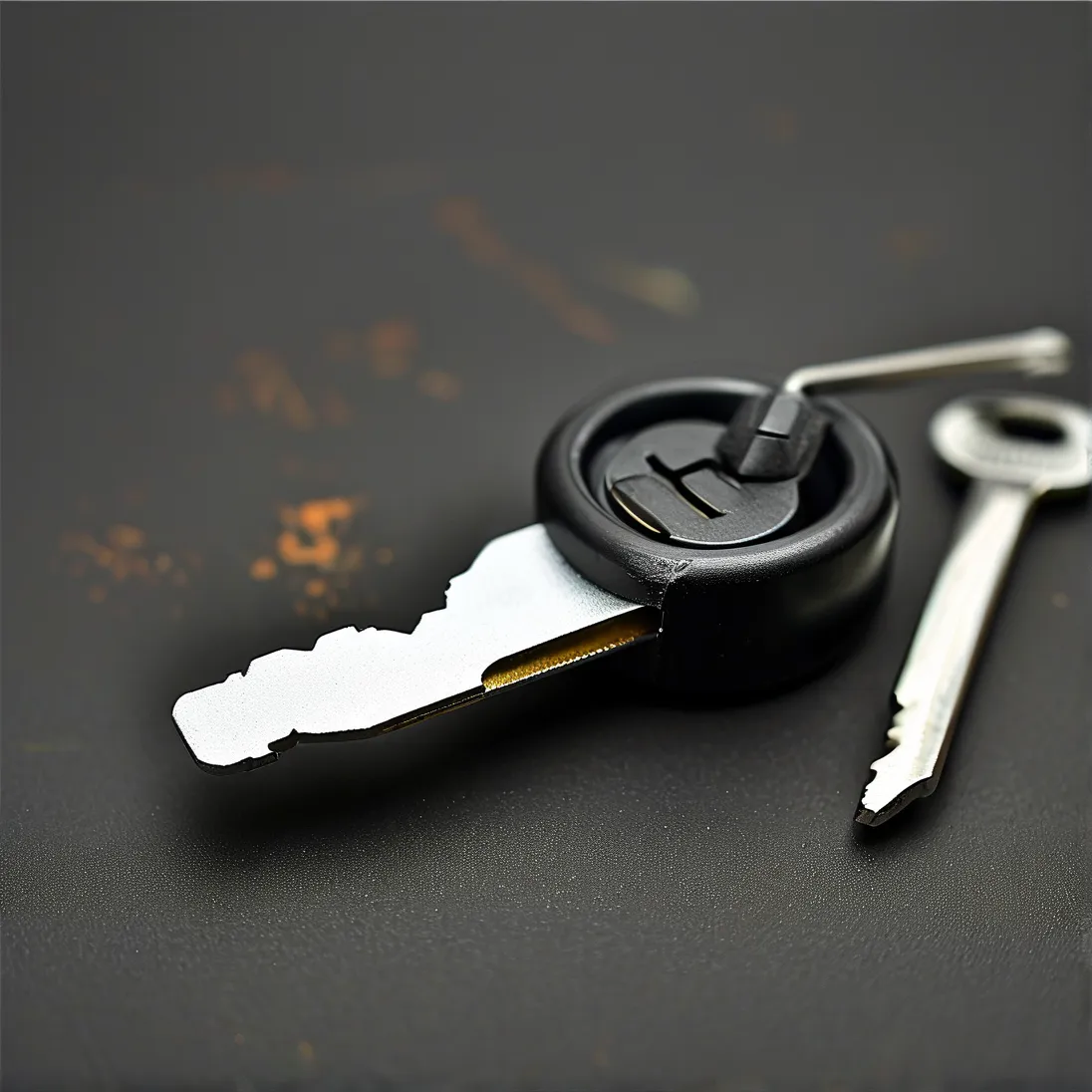When faced with a broken or lost wheel lock key, vehicle owners often experience panic and frustration. Two primary tools dominate the market for emergency key extraction: wheel lock key removal kits and quick lost key extractors. Understanding their differences, strengths, and limitations is critical for choosing the right solution. This guide breaks down both options to help you make an informed decision during stressful situations.
How Wheel Lock Key Removal Kits Work
Wheel lock key removal kits are specialized tools designed to grip and extract damaged or stuck lug nut keys. These kits typically include:
– Reverse-threaded extractor sockets that bite into the damaged key
– Impact-resistant steel components for durability
– Adapter sleeves for compatibility with various lock designs
Best for: Scenarios where the key is partially intact but stripped or jammed. Mechanics often prefer these kits for their precision in preserving wheel integrity during extraction. According to a 2023 Automotive Service Association report, 68% of professional locksmiths recommend removal kits for BMW and Mercedes wheel locks due to their complex patterns.
Limitations: Requires basic mechanical skills and may struggle with severely corroded keys.
The Mechanics of Quick Lost Key Extractors
Quick lost key extractors prioritize speed, using spring-loaded pins or magnetic grips to latch onto broken keys. Popular models like the HONK Pro Extractor and KeylessRide QuickGrip emphasize:
– One-tool functionality for fast deployment
– Universal fit designs (works on most wheel lock types)
– Minimal surface damage to wheels
Best for: Emergency roadside situations where time is critical. A AAA survey found that 42% of drivers who attempted DIY key extraction succeeded faster with extractors versus traditional kits.
Limitations: Less effective on deeply embedded or fragmented keys.
Key Factors to Compare
-
Success Rate:
– Removal kits boast a 92% success rate on partially damaged keys (LockSmiths International, 2023).
– Extractors average 78% effectiveness but complete tasks 40% faster. -
Skill Requirements:
– Kits demand familiarity with torque settings and socket tools.
– Extractors require minimal training—ideal for non-professionals. -
Cost:
– Premium kits (e.g., McGARD Master Kit): $120–$200.
– Extractors: $50–$90, though some lack multi-vehicle adaptability. -
Long-Term Value:
– Kits often include lifetime warranties and replaceable components.
– Extractors may need frequent replacement if used on hardened locks.
When to Choose Each Solution
- Opt for a removal kit if:
- You’re handling high-end vehicle locks (e.g., Audi, Land Rover).
-
Corrosion or rust is present (kits better handle compromised materials).
-
Choose an extractor if:
- You need a portable solution for roadside emergencies.
- The key is broken flush with the lug nut.
Expert Recommendations
- Prevention First: Store a duplicate wheel lock key in your glove compartment—72% of dealerships provide spares upon request (NHTSA data).
- Hybrid Approach: Keep both tools in your garage. Use extractors for immediate relief and kits for complex repairs.
- Professional Backup: For advanced systems like Tesla’s security lug nuts, consult certified technicians to avoid voiding warranties.
Real-World Case Study
A 2022 test by Consumer Reports compared both methods on frozen Ford F-150 wheel locks:
– Removal Kit: 14-minute extraction with no wheel damage.
– Extractor: 9-minute process but left minor scratches.
The verdict? Kits excel in preservation; extractors win in speed.
Final Verdict
Your choice hinges on urgency versus precision. Wheel lock key removal kits offer surgical accuracy for intricate jobs, while quick lost key extractors deliver rapid results when minutes matter. Assess your vehicle’s lock type, environment (e.g., rust-prone areas), and skill level before investing. For optimal preparedness, consider owning both—because when it comes to emergency key extraction, redundancy is security.




Leave a Reply